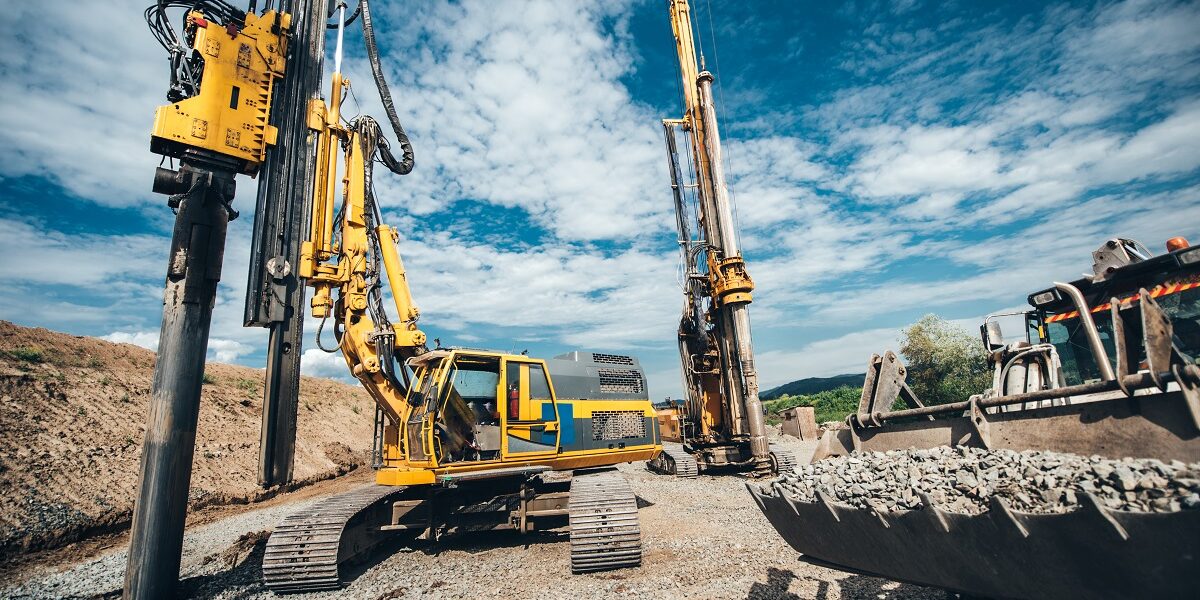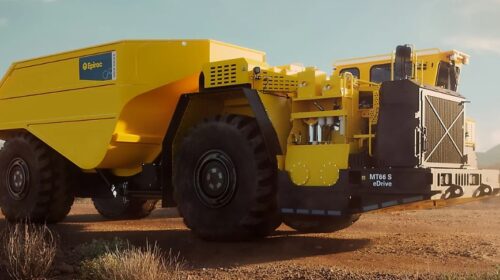Better Mine Waste Management through Drill Core Optimization
The amount of time, effort, risk, and cost to run an effective resource drilling campaign is not trivial. It is surprising, then, to find that after collecting and cataloging metres upon metres of drill core, very little analysis is completed.
The addition of multi-elements can provide orders of magnitude benefits to geometallurgy and geoenvironmental disciplines, not to mention the benefits of using multi-element geochemistry to find even more resources.
Predicting the geochemical reactivity of mine waste (e.g. waste rock, tailings, pit walls, borrow sources, etc.) is often only based on hundreds of samples, in stark contrast to the tens of thousands of samples used to develop the resource model. While the economics of a project are key, the lack of data for other disciplines results in creating significant long-term liabilities. This impacts mine waste management decisions mainly by creating overly conservative and onerous requirements for the mine site, high financial assurance requirements, and in many cases missing risks that manifest in post-closure.
One step forward for many resource development programs is the inclusion of multi-element analyses of the drill core at the same frequency as the commodity assay. The mine waste management benefits of doing this include:
- High resolution understanding of rock composition throughout the deposit in the ore as well as the tailings, waste rock, and pit walls
- Potential to block model mine waste (see image above and related article by L. Donkervoort and A. Bailey) before it is mined, which is more effective for mine planning and managing waste than analysing blast hole cuttings during operations
- Identification of non-reactive borrow materials within the waste rock zone around the ore deposit and potentially eliminating the need to quarry for borrow material in some projects
- Assessment of metal leaching could be completed at the scoping level stage of project development, which may require a water treatment plant or require a change to the mine plan to mitigate the leaching process
Cost is often the main barrier to not including multi-element scans. However, if drill core is already being submitted for commodity assay, sample analysis can be a fraction of the assay cost per sample. The cost should be considered insignificant when considering the costs of managing the risks and uncertainties.
![]()





